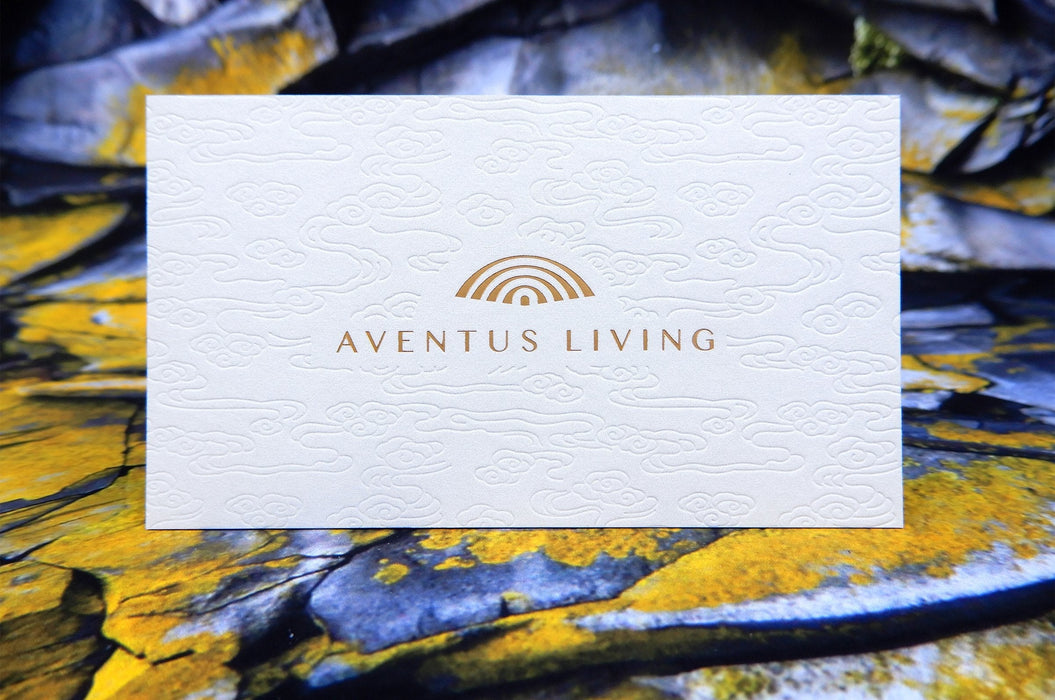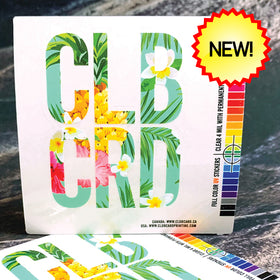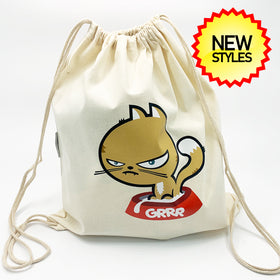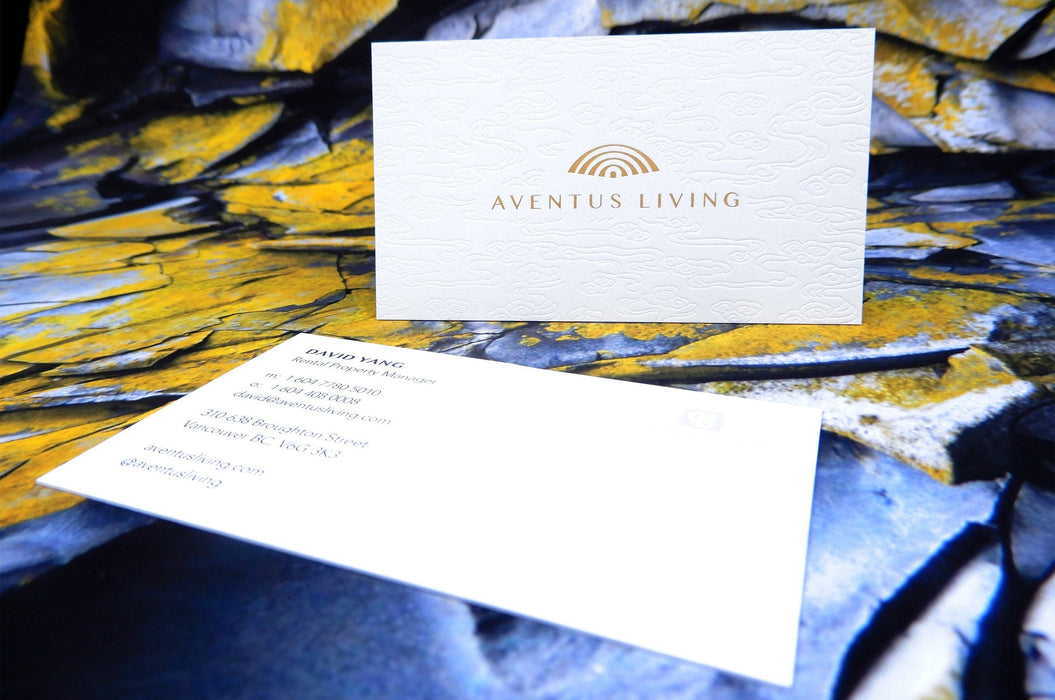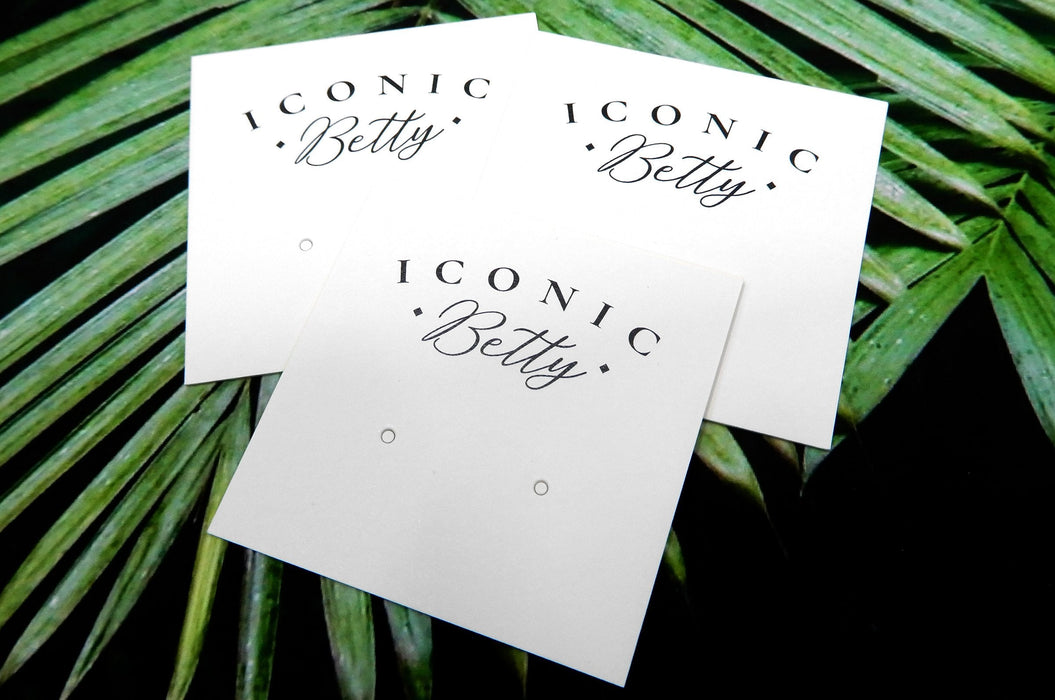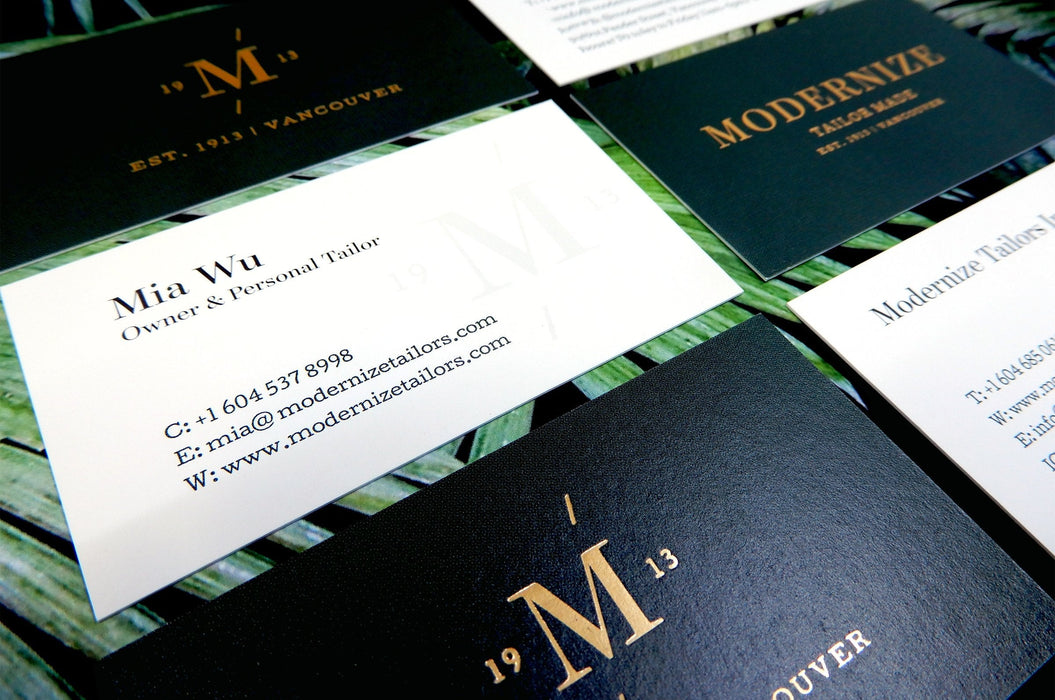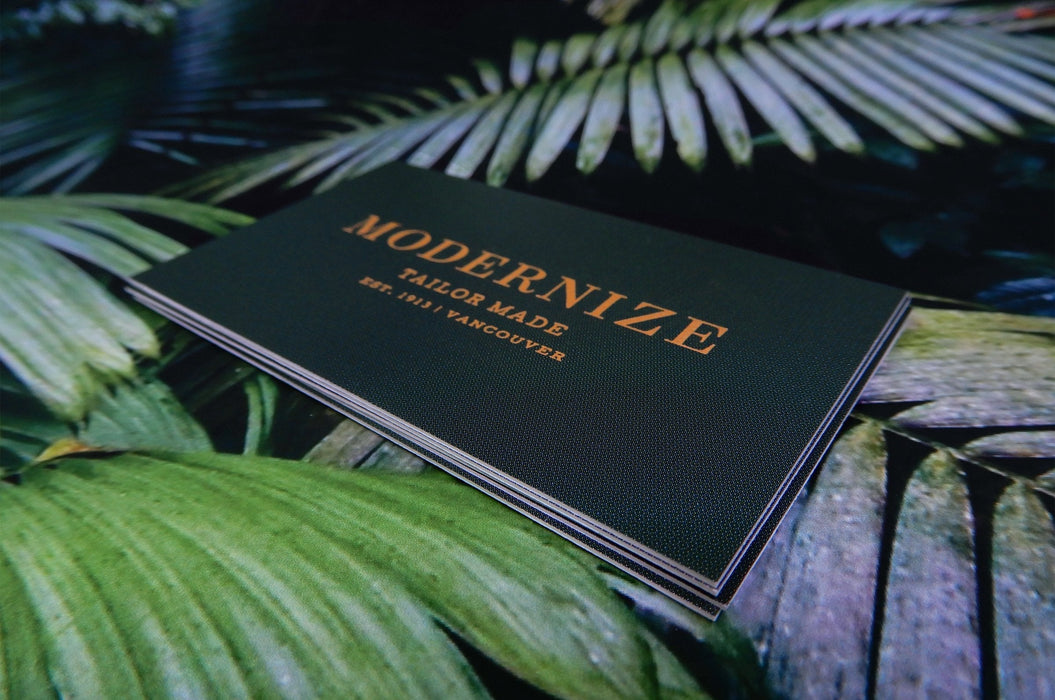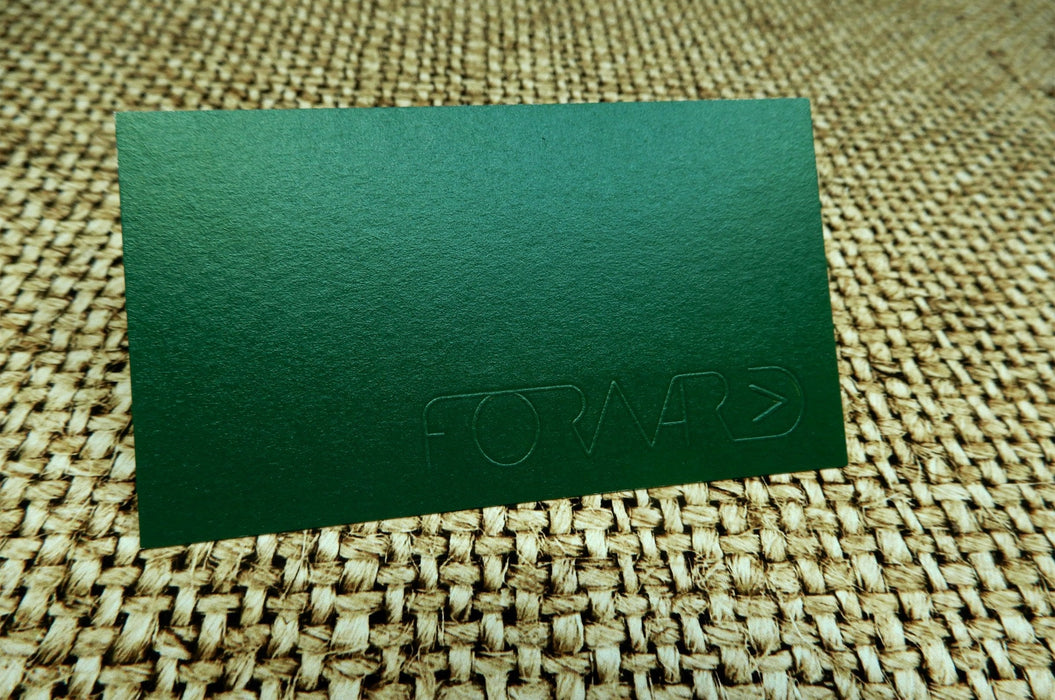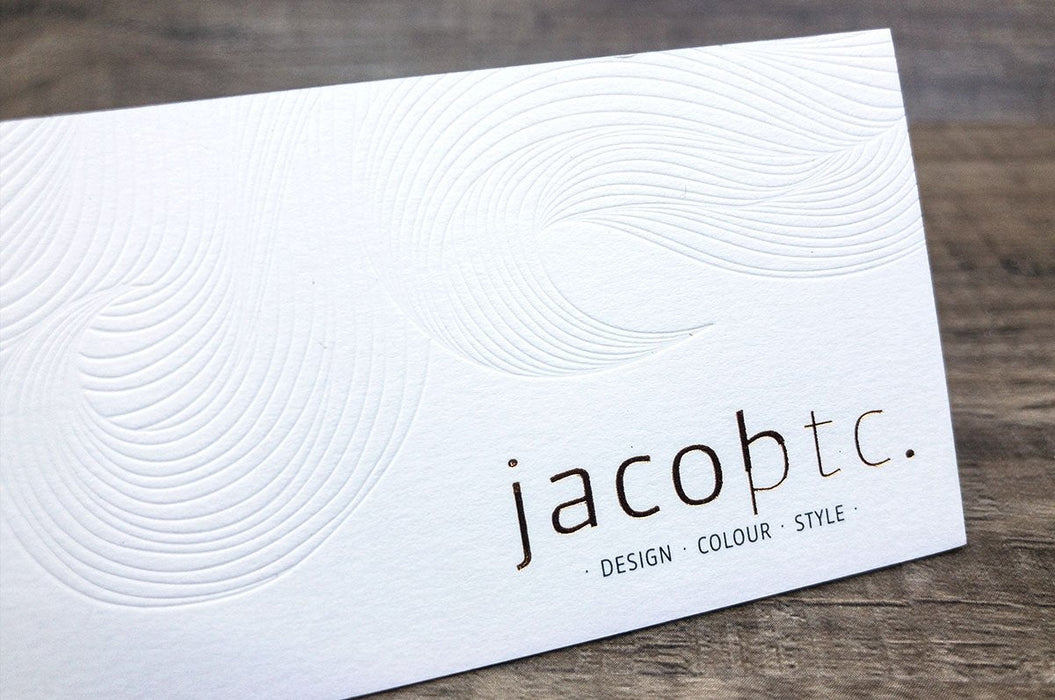Evoke high style and substance with hang tags printed on sturdy 24pt thick, smooth uncoated card stock. Clubcard prints these hang tags on an offset press in full color with UV dry inks to achieve brilliant color and HD quality reproduction on the smooth uncoated surface of these tags.
Elevate your hang tags with bespoke finishing options that include;
- foil stamping
- edge painting
- die-cutting to custom shapes
- embossed or debossed elements
This product has an estimated production time that will vary based on a variety of factors including additional custom finishes and current production schedules and is not meant for projects with critical deadlines. We cannot change, speed up or cancel orders that are in production. Contact us BEFORE placing an order if you have a critical deadline.
DESIGN CONSIDERATIONS WHEN EMBOSSING / DEBOSSING
Elements that are embossed will have a mirrored debossed effect on the reverse of the card while debossed elements may show a slight impression on the reverse.
Full Coverage Not Recommended
Full coverage (aka floods) of ink on uncoated stocks are not recommended. While offset wet inks will absorb to some degree into the stock, the overall result of covering uncoated stocks with ink will produce a low sheen instead of a matte appearance. Heavy ink coverage may also highlight the appearance of natural fibres on uncoated stocks. If your art / design includes heavy ink coverage and you want cards with a matte appearance we recommend one of our laminated stocks instead.
